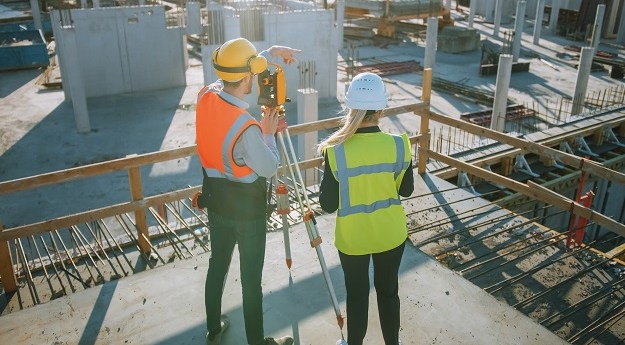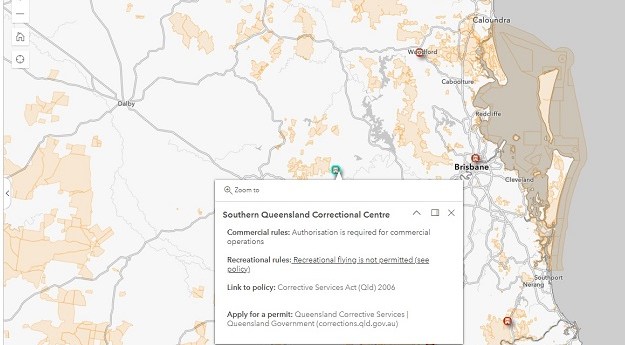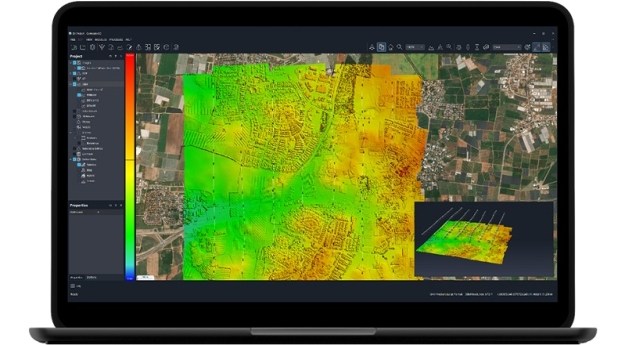
Thousands of honey bees in Australia are being fitted with tiny sensors as part of a world-first research program to monitor the insects and their environment using a technique known as ‘swarm sensing’. Image: CSIRO
Colony collapse disorder is threatening the worldwide population of bees and Australia’s science and research agency, CSIRO, is tackling the problem by developing a micro-sensor tracking system to monitor the behaviour of bees.
The system is part of the Global Initiative for Honey Bee Health – an international collaboration of researchers, beekeepers, farmers, industry, and technology companies aimed at better understanding what is harming bees and finding solutions to help secure crop pollination. CSIRO are calling on those with the specialist skills and knowledge to contribute in the effort to save honey bees.
Honey bees are essential for the pollination of about one third of the food we eat – including fruit, vegetables, oils, seeds and nuts – yet their health and ability to pollinate our crops is under serious threat.
Integral to the research effort are CSIRO’s micro-sensors that are manually fitted to bees which work like a vehicle e-tag system, with strategically placed receivers identifying individual bees and recording their movements in and around bee hives.
“The tiny technology allows researchers to analyse the effects of stress factors including disease, pesticides, air pollution, water contamination, diet and extreme weather on the movements of bees and their ability to pollinate,” Professor Paulo de Souza, CSIRO Science Leader, said.
“We’re also investigating what key factors, or combination of factors, lead to bee deaths on mass.”
“The sensors, working in partnership with Intel technology, operate in a similar way to an aeroplane’s black box flight recorder in that they provide us with vital information about what stress factors impact bee health.”
As bees are normally predictable creatures, changes in their behaviour indicate stress factors or a change in their environment.
By modelling bee movement researchers can help identify the causes of stress in order to protect the important pollinating work honey bees do and identify any disease or other biosecurity risks.
CSIRO Pollination Researcher, Dr Saul Cunningham, said Australia has been very lucky, so far, to be the only country that doesn’t have the devastating Varroa mite, which has wiped out bee colonies overseas at an alarming rate.
“This puts Australia in a good position to act as a control group for research on this major issue that could one day become our problem too,” Dr Cunningham said.
However, Australia’s horticulture and agricultural industries are particularly vulnerable to declines in honey bee populations as they rely on un-managed feral honey bees for much of their crop pollination.
“Our managed bee pollination services would be hard-pressed to meet the extra demand required to replace the key role un-managed honey bees play so, the outcome would likely be a drop in crop production and a rise in prices of popular food staples like fruit and veggies,” Dr Cunningham said.
The international initiative is being mounted to assist in uniting the efforts of those working in the critical area of protecting bee health.
“The time is now for a tightly-focused, well-coordinated national and international effort, using the same shared technology and research protocols, to help solve the problems facing honey bees worldwide before it is too late,” Professor de Souza said.












